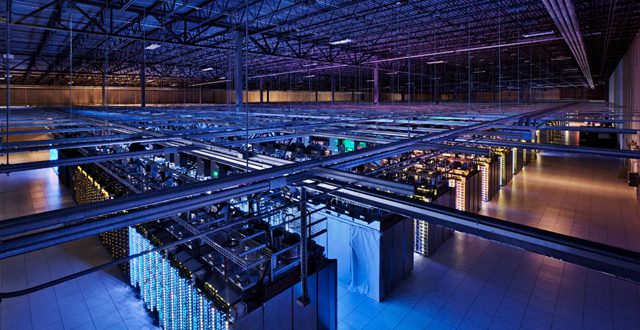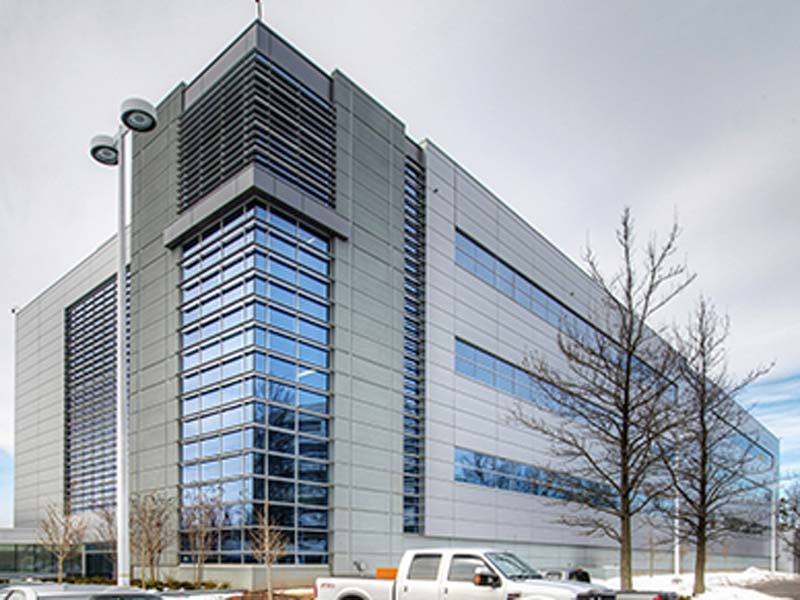The capacity of a data center refers to its ability to handle workloads and support operations in terms of power, cooling, storage, and processing capabilities. It determines how efficiently the facility can meet current demands while accommodating future growth. For example, a data center with 5 MW of power capacity and 1,000 servers must ensure sufficient cooling to avoid overheating while optimizing energy usage. Similarly, a center storing terabytes of data needs scalable storage solutions to support increasing volumes. Now, here’s the question: how should this capacity be determined, and what’s the right way to manage it?
Effective capacity management is essential for modern data centers to ensure efficiency, scalability, and cost savings. Here’s an outline in Danacloud of key aspects to address the importance of prioritizing capacity management in your data center:
Key Aspects of Data Center Capacity Management
| Aspect | Description | Benefits | Challenges |
|---|---|---|---|
| What is Data Center Capacity Management? | Planning, monitoring, and optimizing resources (power, cooling, space, compute infrastructure) to meet operational demands and align with business objectives. Integrates on-premises, colocation, and cloud resources. | Ensures efficiency, scalability, and alignment with business objectives. Avoids underutilization or over-provisioning. Enables seamless operations during peak demand. | Managing capacity across diverse setups (on-premises, colocation, cloud) requires robust integration tools. |
| Why Prioritize Capacity Management? | Proactive approach to staying ahead of evolving demands and ensuring optimal performance and sustainability. | Reduced Downtime: Minimizes system overload risks and prevents costly downtime.<br>Cost Efficiency: Optimizes resource allocation (power, cooling, storage) to avoid underutilization or over-provisioning, cutting operational costs and improving ROI.<br>Improved Business Agility and Scalability: Ensures data centers can quickly adapt to changing demands (e.g., traffic surges, new applications), supporting seamless scalability and enabling business growth and innovation. | Rapid data growth strains storage and compute resources. Power and cooling limitations due to increased resource demand. Unpredictable workload spikes can strain resources. Budget constraints can limit upgrades and monitoring systems. Sustainability concerns require innovative energy-efficient solutions. |
| How does Capacity Management Reduce Costs? | Optimizes the use of existing resources, reduces underutilization, and prevents over-provisioning. | Significant cost savings through efficient resource use. | N/A |
| Recommended Tools for Capacity Management | Tools like DCIM software offer centralized monitoring, automation, and integration capabilities. | Helps manage resources across hybrid and edge environments. | N/A |
| Can Capacity Management Improve Sustainability? | Optimizing energy use and reducing over-provisioning. | Lowers the carbon footprint and makes operations more environmentally friendly. | N/A |
What Is Data Center Capacity Management?
Data center capacity management involves planning, monitoring, and optimizing resources such as power, cooling, space, and compute infrastructure to effectively meet operational demands. It ensures the data center remains efficient, scalable, and aligned with business objectives.
For example, consider an e-commerce platform that experiences significant traffic spikes during sales events. With proper capacity management, the platform could avoid slowdowns or crashes due to inadequate server resources. Capacity management allows the data center to allocate extra processing power and storage in anticipation of such events, ensuring seamless operations.
Additionally, as businesses shift to hybrid models, data center capacity planning integrates on-premises, colocation, and cloud resources, balancing workloads across environments. Organizations can monitor and predict resource usage by leveraging tools like Data Center Infrastructure Management (DCIM) software, avoiding underutilization or over-provisioning. This not only saves costs but also ensures sustainability by optimizing energy consumption and minimizing waste.
Why should You prioritize data center capacity management?
While operating a data center facility, capacity management helps organizations stay ahead of evolving demands, ensuring optimal performance and sustainability. To understand why this deserves attention, consider the benefits it provides:
-
Reduced Downtime
By predicting and addressing resource constraints, capacity management minimizes system overload risks and prevents costly downtime.
-
Cost Efficiency Through Optimized Resource Allocation
Prioritizing capacity management helps organizations allocate resources like power, cooling, and storage more effectively, avoiding underutilization or over-provisioning. By optimizing these resources, businesses can significantly cut operational costs and improve return on investment.
Read more: How to Find Stranded Capacity in Your Data Center
-
Improved Business Agility and Scalability
Effective capacity management ensures that data centers can quickly adapt to changing demands, such as sudden traffic surges or new application deployments. This agility supports seamless scalability, enabling businesses to grow and innovate without disruptions.
Challenges in Capacity Management
Managing data center capacity is critical, but it comes with several challenges that require careful planning and innovative solutions. Below are some common obstacles:
- Rapid Data Growth: The explosion of data from IoT devices, AI applications, and digital transformation puts pressure on storage and compute resources.
- Power and Cooling Limitations: Increased resource demand often leads to higher energy consumption, making it difficult to maintain efficient cooling and power distribution.
- Balancing Hybrid Infrastructure: Many data centers now operate across on-premises, colocation, and cloud environments. Managing capacity across these diverse setups is complex and requires robust integration tools.
- Unpredictable Workload Spikes: Sudden traffic surges, such as during e-commerce sales or product launches, can strain resources if not anticipated accurately.
- Budget Constraints: Allocating funds for capacity upgrades or implementing advanced monitoring systems can be challenging for organizations with limited budgets.
- Sustainability Concerns: Meeting resource demands while reducing the carbon footprint requires innovative energy-efficient solutions, which can be difficult to implement at scale.
Final Thoughts
Data center capacity management is not just an operational concern; it is a strategic priority that directly impacts efficiency, scalability, and cost-effectiveness. In an era defined by rapid digital transformation and increasing resource demands, proactive capacity management ensures businesses can adapt seamlessly while maintaining service quality. It supports sustainable growth, optimizes resource use, and minimizes the risk of disruptions. Organizations that prioritize capacity management position themselves for long-term success leveraging their data centers as a competitive advantage. With the right strategies and tools, businesses can stay ahead of challenges and confidently meet future demands.
FAQ
How does capacity management reduce costs?
Effective capacity management optimizes the use of existing resources, reduces underutilization, and prevents over-provisioning, leading to significant cost savings.
What tools are recommended for capacity management?
Tools like DCIM software offer centralized monitoring, automation, and integration capabilities, helping manage resources across hybrid and edge environments.
Can capacity management improve sustainability?
Yes, optimizing energy use and reducing over-provisioning lower the carbon footprint, making operations more environmentally friendly.


